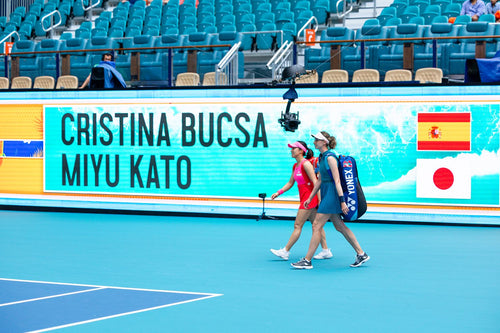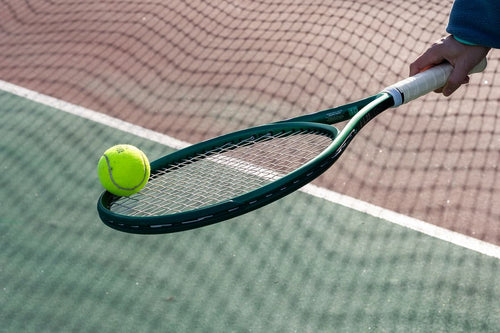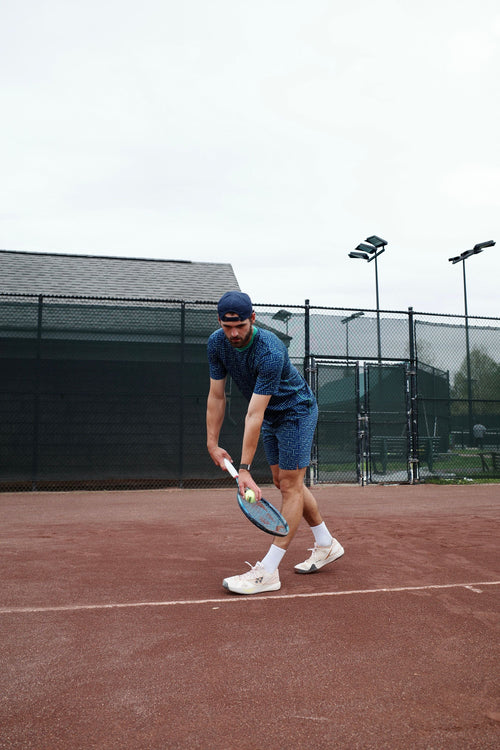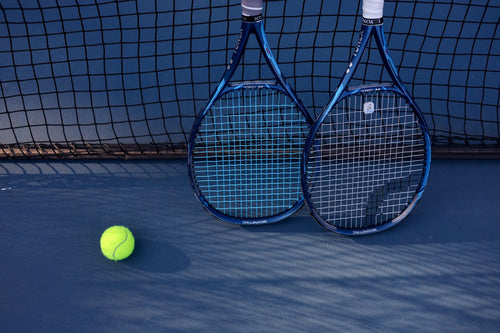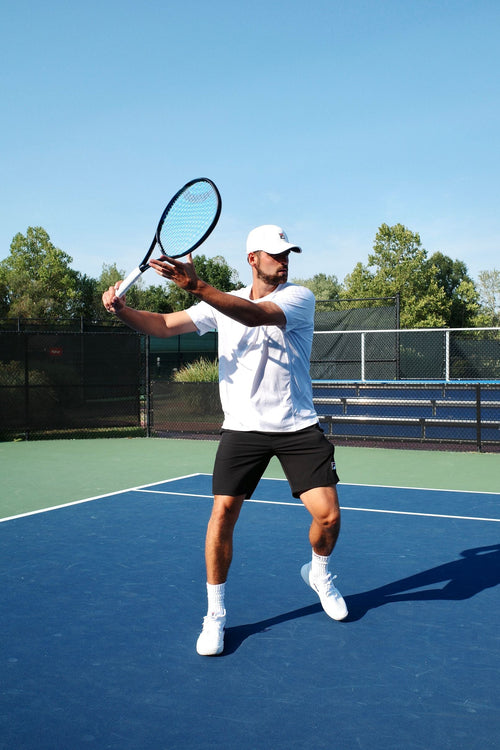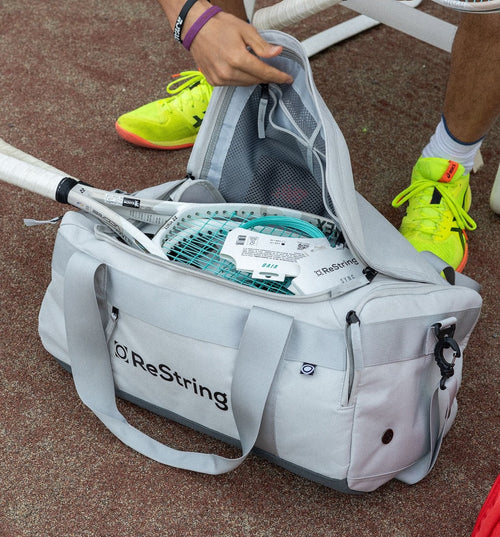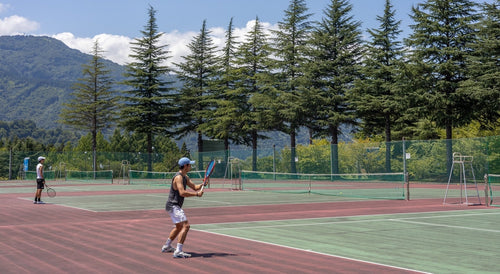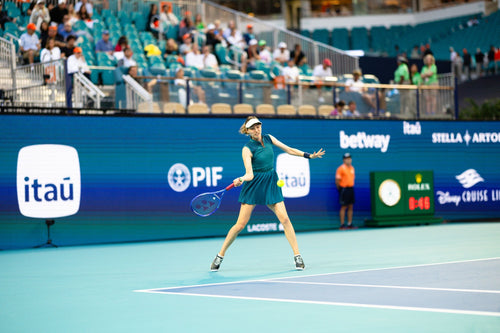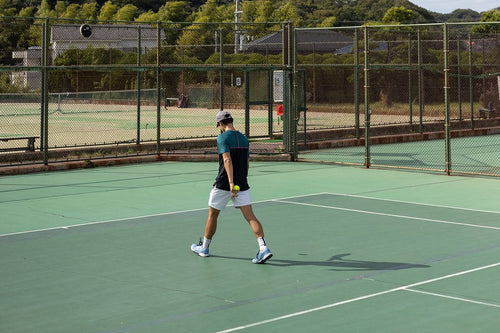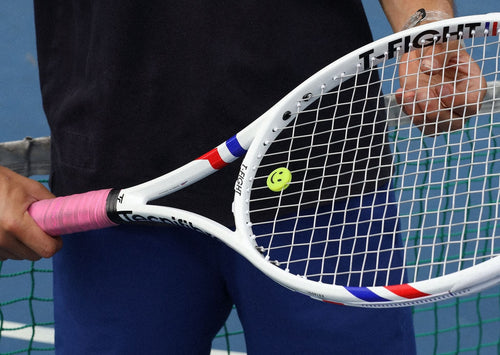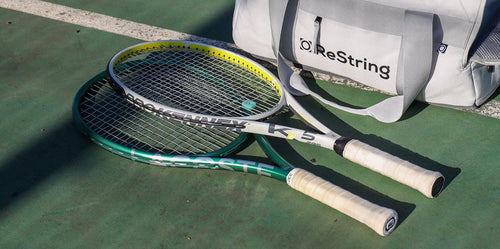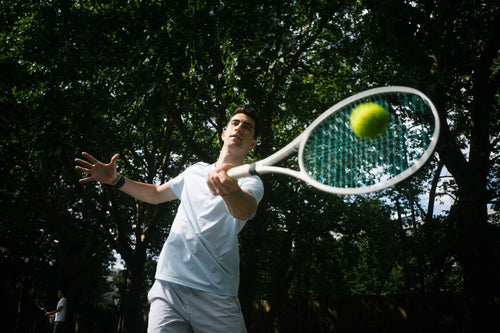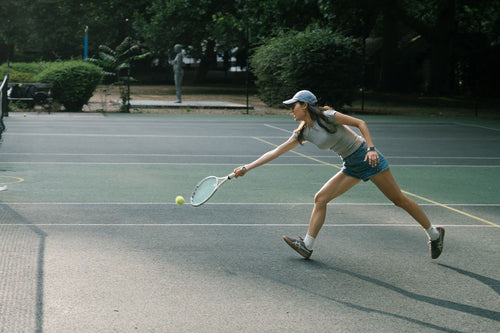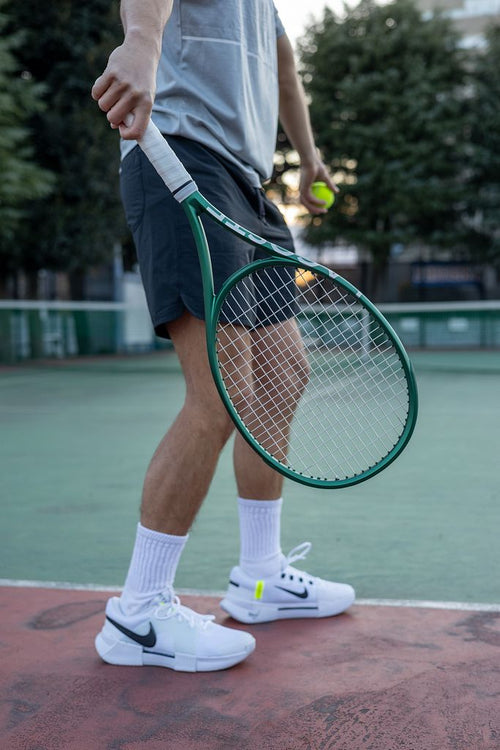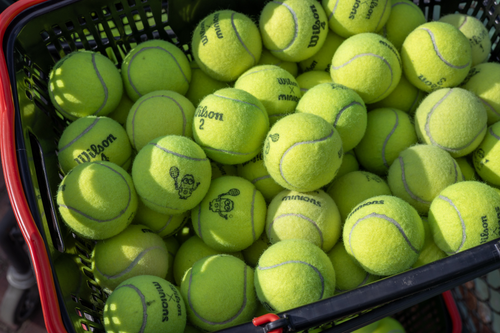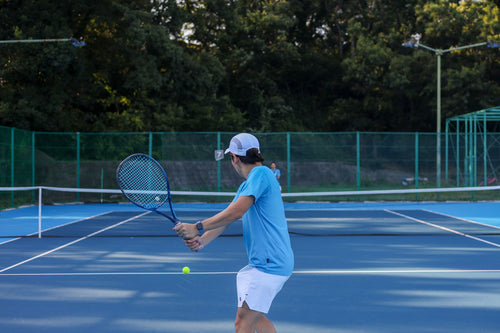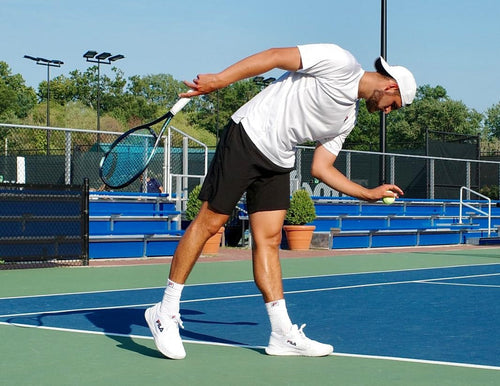The Rise of US College Tennis
Juan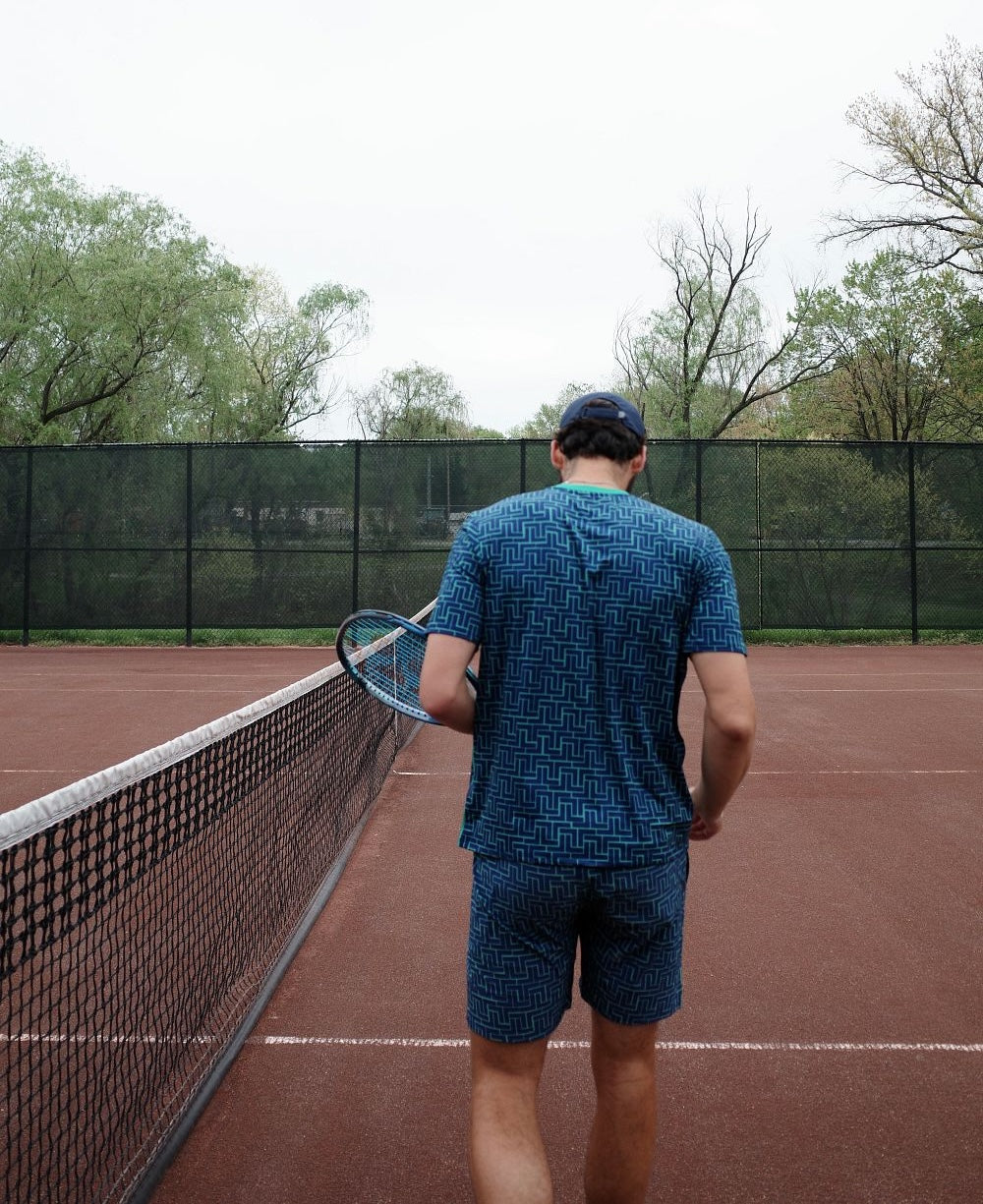
College tennis used to be seen as the backup plan. If you couldn't make it on the pro circuit straight out of juniors, you went to college.
There were rare exceptions like John Isner, Kevin Anderson, and Steve Johnson from the 2000s and 2010s that proved the college route could work. But they were often viewed as exceptions.
However, the perception of college tennis has changed a lot over the past two decades.
Recent stars Ben Shelton, Cameron Norrie, Emma Navarro, and Danielle Collins have all shown that college tennis functions as an accelerator rather than a detour to the pro tour.
In this article, you'll learn why this change has happened, the numbers behind it and examples of players who used US college tennis as a springboard to pro success.
What Changed About US College Tennis?
International Recruitment
Heavy international recruitment raised the competitive level across Division I programs. Over 35% of NCAA Division I tennis players are now international student-athletes.
In fact, international players won more than 40% of NCAA singles and doubles titles in the past decade, meaning that the talent from Europe, Asia, and South America has created a much more competitive environment for US players.
Improved Training Conditions
College players are now equipped with multiple physios, nutritionists, and structured support systems, which rival professional academies. Video analysis, analytics and technology like Hawk-Eye, previously only available to top pros, are now used at top college programs.
The team environment at college also develops mental resilience that is not possible in individual junior tournaments. Playing for your school in front of packed stands creates pressure situations that prepare players for Grand Slam atmospheres.
Better Financial Support
Scholarship opportunities now provide four years of training and equipment fully funded. Players can develop slightly later without being forced onto the tour too early, which might derail their careers.
NIL (Name, Image, Likeness) deals now allow athletes to earn sponsorships while competing collegiately. Visibility through streaming and media coverage raises player profiles before they turn pro.
ReString strings, which are used by pros like UVA alumni Will Woodall, are being tested by a couple of D1 programs, highlighting the sponsorship interest at this level of tennis.
Easier Path To Becoming Pro
The ATP-ITA Next Gen Accelerator program launched in 2023 and provides guaranteed Challenger tournament entries. Top NCAA players receive "Accelerator Spots" into Challenger 50 and 75 events.
This creates a direct bridge from campus competition to ranking points accumulation. Players no longer face the chicken-and-egg problem of needing points to enter tournaments but needing tournaments to earn points.
Numbers Behind US College Success
Record numbers tell the story clearly.
35 college-connected players competed in the 2025 Wimbledon singles draws.
15 ATP Top-100 and five WTA Top-100 players with college ties headed to Miami in 2024.
Dozens of players are now cracking the top 200 while still in college or fresh out of it.
College success stories aren't outliers anymore, they're the new normal.
Examples of US College Tennis Success
Ben Shelton (University of Florida)
Ben Shelton went from 2022 NCAA champion to ATP titles and top-10 status in record time. He became the US men's No. 1 in April 2024.
His US Open semifinal run in 2023 and Wimbledon quarterfinal appearance in 2025 showed that college players can compete immediately at the highest level.
Emma Navarro (University of Virginia)
Emma Navarro won the 2021 NCAA championship before turning pro. She reached the US Open semifinals in 2024 with wins over top-5 opposition.
Her deep runs at major tournaments demonstrated that the college system can produce complete players. Navarro's mental resilience was honed through team competition at Virginia.
Cameron Norrie (TCU)
Cameron Norrie's Wimbledon semifinal run in 2022 and quarterfinal run in 2025 proves the college system works for international players too.
Although he is British, he used the US college pathway to develop his game and physical conditioning with best-in-class facilities.
Additional Notable Players
Danielle Collins reached the Australian Open final after her time at Virginia. Lulu Sun from New Zealand made the Wimbledon 2024 quarterfinals, following her college career at Texas.
All of these players represent different playing styles and nationalities, but they all leveraged the US college system effectively.
Conclusion
College tennis now functions as a legitimate accelerator to the professional tour. Future stars will likely continue emerging from the college system as infrastructure, funding and recruitment keeps improving.
Of course, some players still benefit from turning pro earlier. However, for many athletes, the college route offers the ideal combination of development, education, and competitive experience to succeed on tour.
About the Author: Juan is the co-founder of ReString. He was born in Argentina, raised in Japan, and moved to the US to pursue college tennis. He now plays as an ATP & WTA hitting partner.


